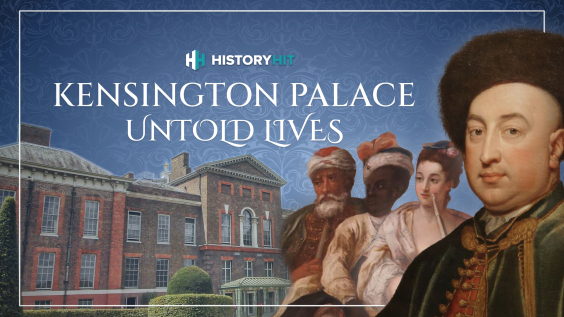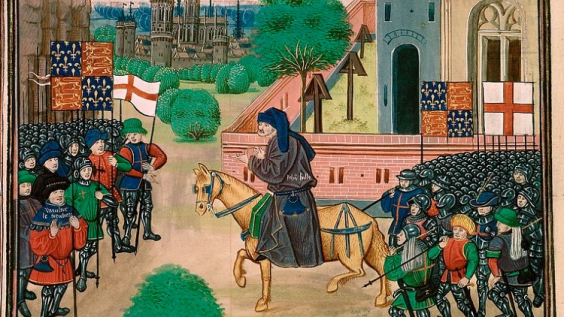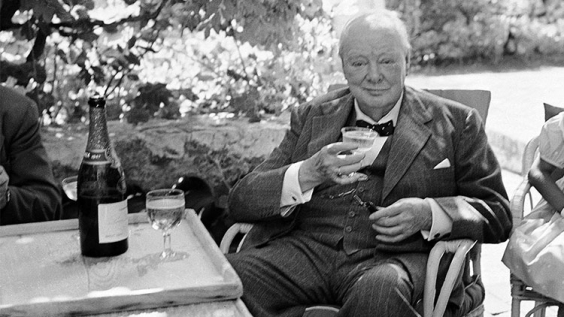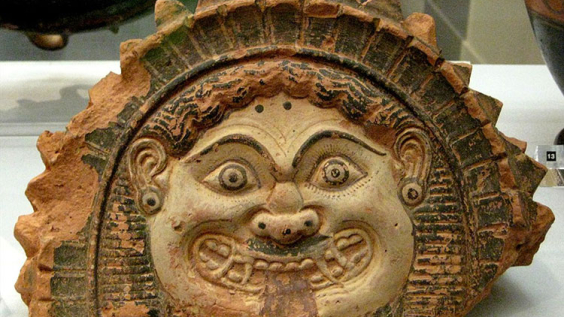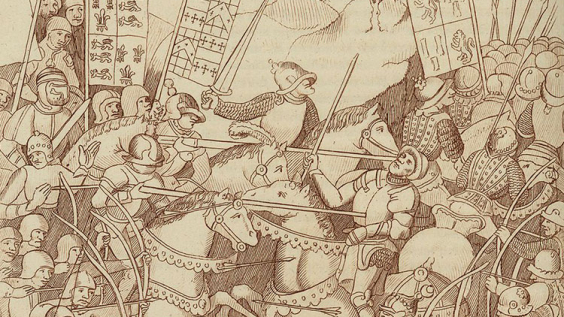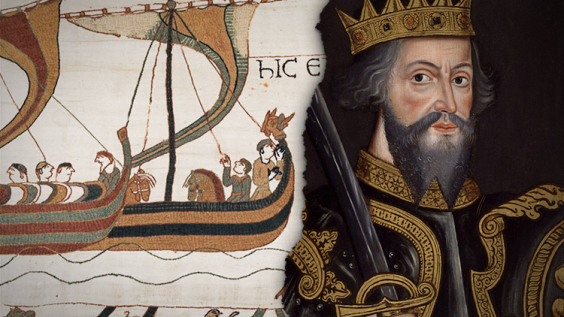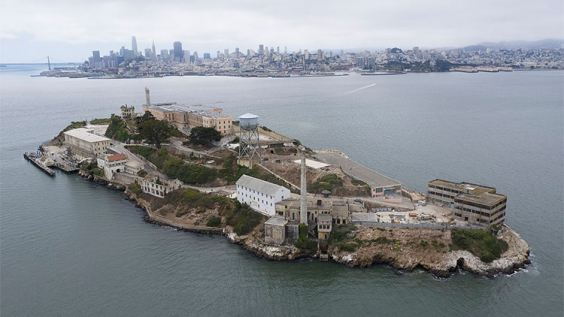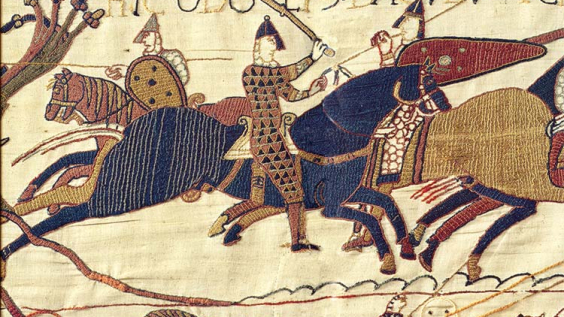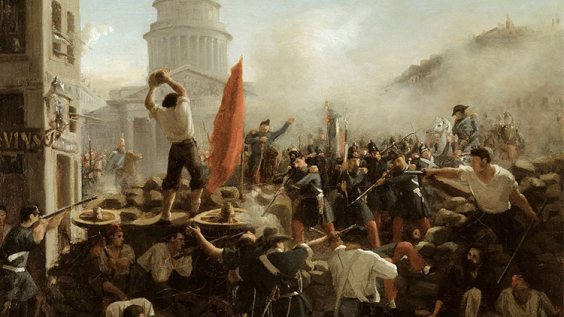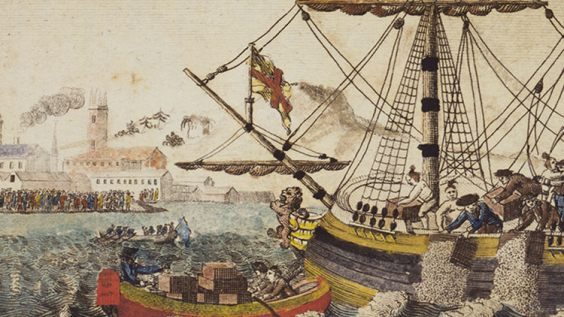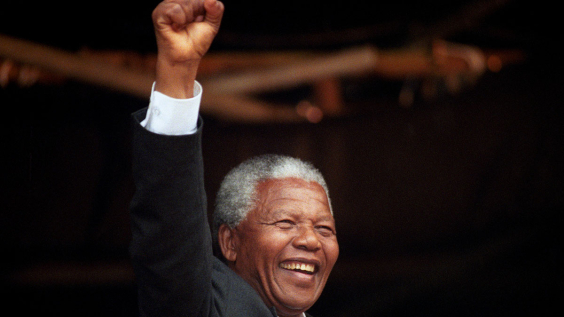
The Mongol Empire grew from humble beginnings to control the largest contiguous empire in history. Spreading east into China, west into the Levant, and north towards the Baltic, fear of the Mongols reached even further, cementing their legacy as some of history’s fiercest warriors. But how did a tribal leader named Ghengis Khan lead a nomadic people to apparently unstoppable success, and how did it all fall apart?
Emergence of the Mongols
Genghis Khan – or Chingis Khan – was actually born Temüjin, around 1162 near Lake Baikal, around what is now the border between Mongolia and Siberia. His father was a member of the royal Borjigin clan, but was killed in a local blood feud when Temujin was young, leaving him to grow up as an outcast.
Between 1195 and 1205, Temüjin managed to gain control over all of the clans in the region, defeating his enemies in a series of military victories. Temüjin quickly developed a reputation for sharing the spoils of war with his warriors and their families, rather than just the aristocracy. It was unpopular with the noble minority, but won Temüjin popular support and a growing army.
In 1206, Temüjin was crowned emperor of the Great Mongol State and assumed the title Genghis Khan – something like ‘the universal leader’. Genghis restructured the army into highly organised units and created laws that forbade the sale of women, theft, hunting animals during the breeding season, exempted the poor from taxation and encouraged literacy and trade. The Mongol Empire was born.
Genghis ruled over an area of the Eurasian Steppe, the belt of land that connected Europe to Central, East, and South Asia. The Steppe saw the emergence of the Silk Road that allowed the movement of goods across vast distances. Genghis fostered trade, but also saw in the surrounding regions territories and peoples that were ripe for the taking. With an efficient, loyal army, he looked in every direction for targets.
 Listen Now
Listen NowExpanding the Empire
To the south-east of the Mongol lands lay Western Xia, part of what is now China. Genghis had raided the area in 1205, returning in 1207 and launching a full-scale invasion that was completed by 1211. This gave the Mongol Empire a tribute-paying vassal state and control over a portion of the Silk Roads that increased their income.
From here, the Mongols looked further east, to the lands of the more powerful Jin Dynasty, overlords of northern China and the Mongol tribes for centuries. Jin forces initially fortified their position behind the Great Wall, but they were betrayed by one of their own and at the Battle of Yehuling the Mongols were reported – perhaps with some exaggeration – to have slain hundreds of thousands.
Genghis now moved on to the Jin capital of Zhongdu, modern-day Beijing. This fell, forcing the Jin rulers south where Genghis’s third son and heir, Ögedei Khan would later complete the conquest.
When Genghis’s forces also took the Qara Khitai lands to the west, his domain came into direct contact with the Muslim Khwarazmia lands which touched the Caspian Sea in the west and the Persian Gulf and Arabian Sea to the south.

The Mongol sack of Suzdal by Batu Khan in 1238, miniature from a 16th-century chronicle
Image Credit: Public Domain, via Wikimedia Commons
Initially, Genghis seems to have had no intention of conquering these lands. He sent an embassy with gold, silver, pelts and textiles to initiate trade, but when it reached the city of Otrar, the caravan was attacked. Genghis next sent three ambassadors to the Shah, two Mongols and one Muslim. The Shah had all three men shaved and sent the head of the Muslim ambassador back to Genghis.
Infuriated, Genghis prepared his largest invasion to date, leading around 100,000 men over the Tien Shan mountains. The famed ancient and scholarly city of Samarkand, in what is now Uzbekistan, fell, despite elephants being used to protect the city. Herat, Nishapur, and Merv, three of the largest cities in the world, were also destroyed. The Mongols, used to fighting on horseback on vast plains, had to adapt their fighting style to deal with cities and sieges, but continued to appear unstoppable.
 Listen Now
Listen NowZenith
Genghis Khan returned to China, but died on 25 August 1227 at Xingqing in Western Xia. His eldest son had died the previous year, and he had fallen out with his second son. Genghis’s third son therefore succeeded him as Ögedei Khan. A fourth son, Tolui, received an army of around 100,000 men and the Mongol homelands. Tradition dictated that a youngest son should receive his father’s property.
Ögedei Khan continued his father’s policy of aggressive expansion. The Mongols had a reputation for brutal tactics. Target cities were offered a stark choice: surrender and pay tribute, but otherwise be left alone, or resist, and face wholesale slaughter if defeated. As the Mongol forces spread into Persia in 1230, cities promptly offered tribute rather than face destruction. At the same time, another force pressed into Afghanistan and Kabul soon fell.
In the mid-1230s, Georgia and Armenia were conquered. To the south, Kashmir was assaulted and in 1241, the Mongols entered the Indus Valley and laid siege to Lahore, though they were unable to take full control of the region. Another Mongol force turned its ferocious gaze west along the Steppes, towards Europe. They conquered Volga Bulgaria, occupied Hungary for a time, and pressed as far north as Kyiv and the land of the Rus, who gave tribute.

Tokhtamysh and the armies of the Golden Horde initiate the Siege of Moscow (1382)
Image Credit: Unknown author, Public domain, via Wikimedia Commons
Ögedei gave permission for his men to press on to the Great Sea, the Atlantic. Mongol forces attacked Poland, Croatia, Serbia, Austria, and the Byzantine Empire, but in 1241, Ögedei died unexpectedly. Mongol commanders returned to their homeland to oversee the appointment of a successor, but it would take five years to resolve the matter, and much to the relief of western Europe, they never returned.
When the dust settled, Möngke Khan, one of Genghis’s grandsons, was in power and he renewed attacks in southern China and the Middle East. In 1258, Baghdad, the centre of the powerful Abbasid Caliphate was breached and sacked mercilessly. Syria now lay in the Mongol line of sight. Seljuk Turks, Armenians and the Christian Crusader States of Antioch and Tripoli submitted to the Mongols in the wake of the shocking fall of Baghdad.
When Möngke Khan died in 1259, the Mongol Empire was at its greatest extent, reaching from Eastern Europe to the Sea of Japan, and from the frozen north of Europe in what is now Russia, to the heat of India’s borders in the south.
Collapse
Möngke was succeeded by his brother Kublai Khan. Over the next two decades, the Mongol Empire completed the unification of China and moved the empire’s capital from Karakorum in Mongolia to what is now Beijing. Kublai Khan is regarded as the founder of the Chinese Yuan Dynasty. But two badly botched invasions of Japan, and an empire so large that it was increasingly hard to govern, made the Mongols victims of their own success.

The Battle of Blue Waters in 1362, in which Lithuania successfully pushed the Golden Horde from the Principality of Kiev
Image Credit: Orlenov, Public domain, via Wikimedia Commons
When Kublai Khan died in 1294, the empire fractured into four smaller ‘khanates’. No one leader could retain control of the vast Mongol domain, which was gradually pushed back from the Middle East. The Yuan Dynasty in China lasted only until 1368 when it was overthrown by the Ming Dynasty. The portion known as the Golden Horde maintained its grip on the Rus lands in Eastern Europe until the 15th century, when it too fragmented.
The Legacy of the Mongols
From the determination and ability of one man, remembered by history as Ghenghis Khan, grew the largest contiguous empire in human history. It seemed unstoppable, brutal tactics causing many to surrender and become Mongol vassals rather than risk a fight. It was merciless, but effective. Stretching across Europe and Asia, it found its limits but became too unwieldy for lesser men to control and broke apart. The legacy of the Mongol Empire is indelibly stamped across medieval history in all the places they conquered, and in those that feared their arrival, even if it never came.



